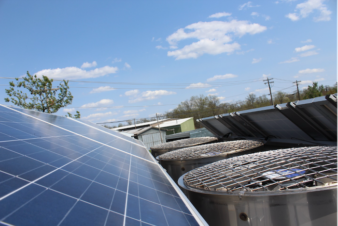It’s not just the lumber shortage driving up new home prices.
In addition to a hot real estate market, a related boom in building activity in the US is driving a surge in demand for a range of building materials – from drywall and concrete to paint, pipes, and wires – that suppliers can’t get to builders fast enough. As a result, prices for these and other materials frequently used in new housing construction are rising, adding significantly to the final cost of newly built homes.
Concrete Among Materials Most Affected by Booming Building Activity
Though less severe than lumber, cement and concrete products have seen an outsize impact of these building trends, with prices rising substantially over the course of the pandemic and reaching a record level in April. That’s in part because, like lumber, no other material competes effectively with concrete in key homebuilding applications, notably foundation slabs. It is also widely used in outdoor living installations like patios, pools, and outdoor kitchens – all popular home improvement projects, which exploded in number during the pandemic.
The pricing spike is expected to be only temporary, however; as demand abates somewhat and suppliers catch up, prices for concrete and other building materials will come back down.
Global Demand for Cement to Hit $340 Billion in 2025
A new Freedonia Group analysis projects global demand for cement to rise 2.9% per year to 4.7 billion metric tons valued at $340 billion in 2025. The relatively restrained pace of growth will be due to slow projected expansion in the dominant Chinese market. If China is excluded, the global cement market is expected to expand 5.3% yearly, supported by:
- large-scale infrastructure projects in Asia/Pacific and Africa/Mideast regions, including those supported by China’sRoad & Belt Initiative
- rising urbanization, which will boost demand for cement in the both the residential and nonresidential markets
- ongoing efforts by governments to improve housing stocks in developing countries, where cement is often the preferred construction material because of its durability
- increasing modernization and technological advancement of the cement industries in low-income and developing economies
- growing interest in cement products with improved energy efficiency and environmental profiles, buoying demand for cement in applications where it had not been commonly used.
The Freedonia Group, a division of MarketResearch.com, is the premier international industrial research company, providing our clients with product analyses, market forecasts, industry trends, and market share information.



